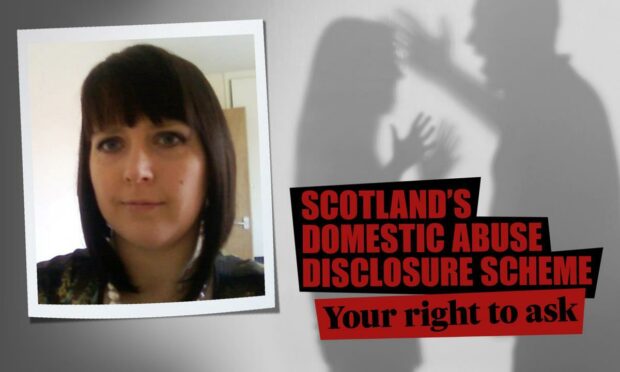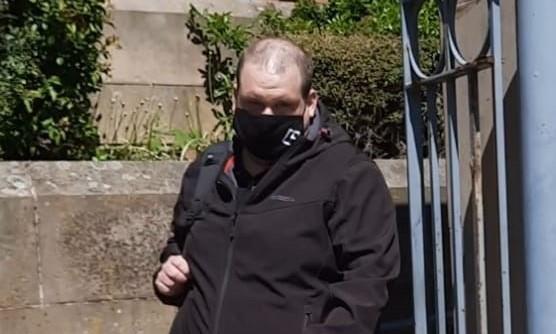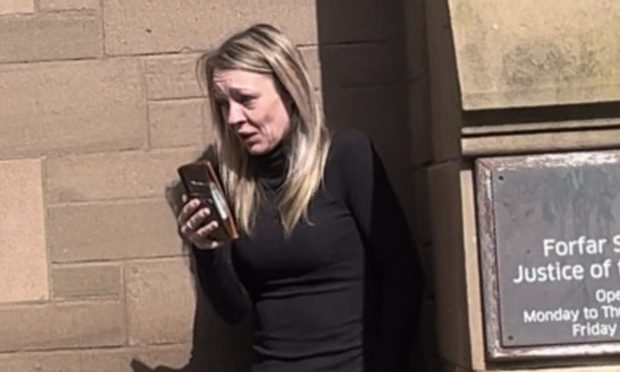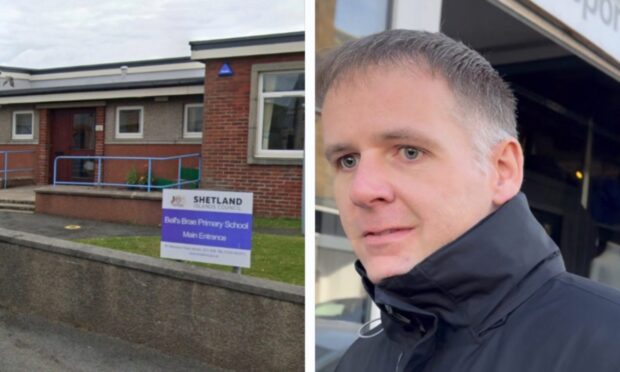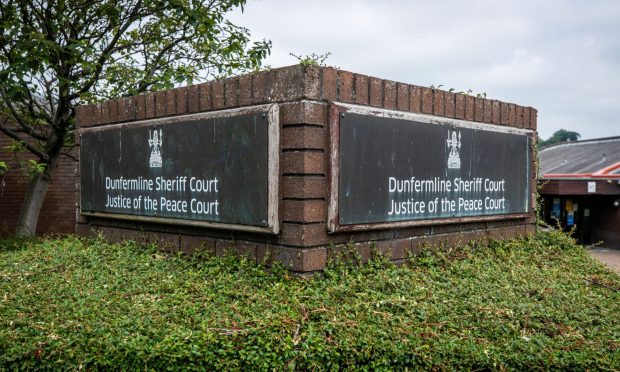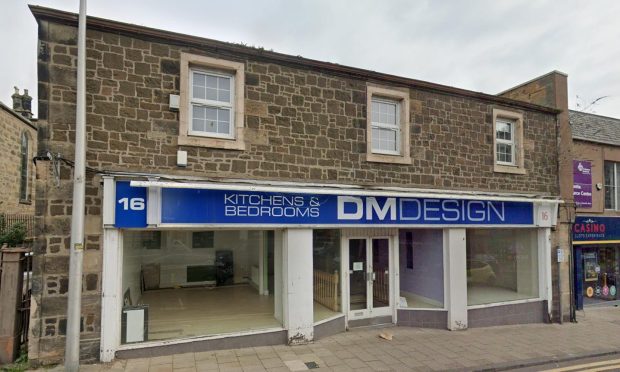Detectives in Fife and Tayside say Clare’s Law introduced six years ago to tell people about a partner’s abusive past is “saving lives”.
Figures show 974 people across the two regions have been told about a partner’s history since the Disclosure Scheme for Domestic Abuse in Scotland (DSDAS) was rolled out in October 2015.
The introduction of the scheme followed a 2014 initiative in England and Wales known as ‘Clare’s Law’.
It was named after Clare Wood, who was strangled and set on fire by her ex-boyfriend George Appleton in Salford, Greater Manchester, in 2009.
Clare, who was 36, had met Appleton online but was unaware of his history of violence against women.
In the months before her murder she had repeatedly contacted police claiming Appleton had caused criminal damage, harassed, threatened to kill and sexually assaulted her.
Appleton had been jailed in 2001 for breaching a restraining order on another ex-girlfriend and in 2002 for harassing another woman.
Clare’s late father, Michael Brown campaigned for people to have the right to ask for information about partners and for the police and other agencies to have the power to take the initiative and tell someone if there were grounds for concern.
Mr Brown, who died in 2020, was originally from Aberdeen and helped launch the Scottish version of Clare’s Law which has helped so many in Tayside and Fife.
It initially trialled in Aberdeen and Ayrshire before being rolled out across the country.
Right to ask
- Any person has a “right to ask” by applying to police for information about an individual.
- This application does not have to be from someone suspicious of their partner – it could be from a parent, relative, neighbour or friend in confidence.
- An application is made by contacting police on 101, going to a police station or visiting a dedicated section on Police Scotland’s website to fill out a form.
- A face-to-face disclosure will be made if a history of domestic abuse is identified.
- This can be anything from a conviction to any concerns police feel are relevant and proportionate.
Power to tell
- Police have the “power to tell” if they receive intelligence about a person potentially at risk.
- After appropriate checks, they can make a disclosure to safeguard that person.
- The person concerned will be given safety guidance and offered support by police, in conjunction with other agencies such as Women’s Aid and Barnardo’s.
- Disclosures will only be made about partners who have a history of domestic abuse offending and not for any other crimes – for instance violence without a domestic element.
Tayside
According to Scottish Government figures published on November 30, Dundee City has the highest prevalence of domestic abuse offending of any council area in Scotland.
Detective Inspector Paul Boath works in the area’s police domestic abuse investigation unit.
He believes the high rate is partly because police are being “highly proactive” in public engagement, including through a “16 days of action” campaign last year with the Dundee Violence Against Women partnership.
He said victims are becoming more confident police will deal with their concerns seriously and hunt down all domestic abuse offenders.
Police figures show there have been 637 applications and 321 disclosures made through DSDAS in Tayside between 2015 and the end of 2021.
This disclosure rate of just over 50% is slightly below the Scottish rate of 56% recorded in December.
DI Boath said the disclosure scheme has been a success in Tayside, with an approximate 60% year-on-year increase in the number of applications – up from 128 in 2020 to 204 last year.
The annual breakdown of data for disclosures is not available.
DI Boath said: “The scheme is becoming better known across the community.
“It’s working effectively and we are very robust around making timescales and making certain that risk is mitigated as quickly as possible.
“We are looking at saving lives and changing people’s lives.
“We are trying to stop worst case scenarios happening.
“The numbers were quite small initially but the last couple of years there has really been a more significant impact.
“It’s put forward as being able to save someone’s life and about making sure people have the right information to make informed decisions about whether to stay in relationships.”
DI Boath also said the disclosure scheme is pertinent in a time when people are increasingly meeting partners through online dating and social media and do not always know very much about a person.
Fife
The prevalence of domestic incidents recorded in Fife is also above the Scottish average according to the latest government figures, with the local authority placed eighth highest out of Scotland’s 32 council areas.
Detective Inspector Craig Fraser said there has been a consistent increase in the number of referrals and disclosures being made in Fife since the scheme was rolled out in late 2015.
Since 2015, there have been a total of 1,392 applications and 653 disclosures made in Fife through DSDAS.
Similar to Tayside, there has been an approximate 60% “spike” more recently with 438 referrals made last year compared to 277 in 2020.
DI Fraser believes factors in the recent rise include proactive work by detectives to identify offenders but also the increase of national messaging and use of social media to advertise the disclosure scheme.
He said: “Getting this information (through disclosures) allows these men and women to understand the risks and decide if it’s a relationship they want to stay in.
“But we don’t just drop this information on someone, we work with out partners to provide support and advice and there is a point of contact for them to come back to us.”
Not all abusers will have a recorded history of domestic violence and so a non-disclosure, in some cases, could be viewed as lulling a potential victim into a false sense of security.
But DI Fraser said if nothing showed up on a background check, officers would visit the person who made the application to explore the reasons they did so.
He said: “If there were warning signs, it’s like anything else, if someone phones the police we explore that further with them.”
Disclosure forms
If you have immediate concerns for yourself or someone you know, who may be at risk of domestic abuse, please contact 101 or 999 in an emergency.
You can also submit a disclosure scheme application for yourself or someone you know on the Police Scotland website or call 101 or attending at any police station.
Further guidance is offered by NHS Scotland and Citizens Advice Scotland.
‘I want to protect other kids’ — Angus rape survivor speaks out after years of anguish
